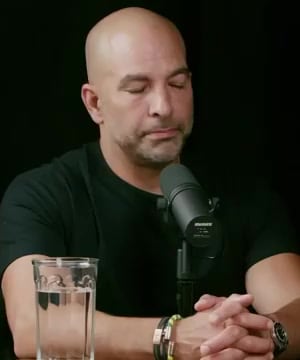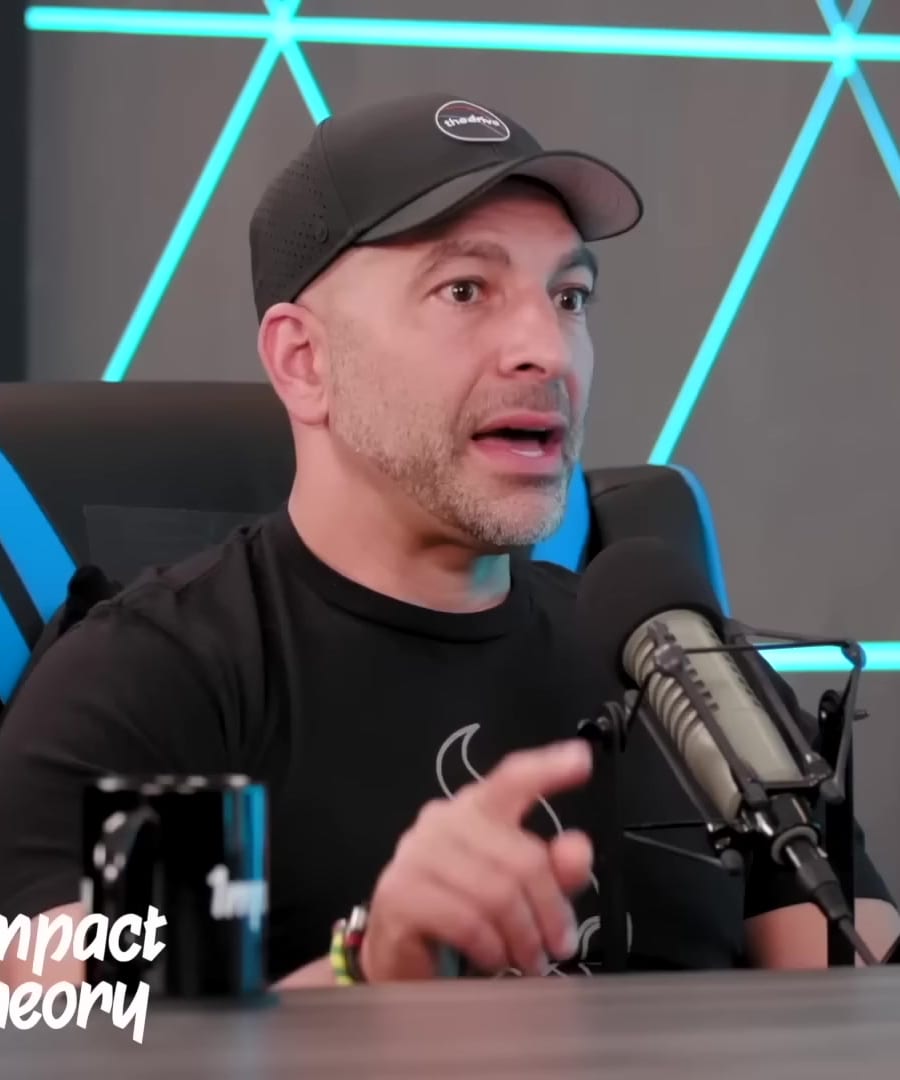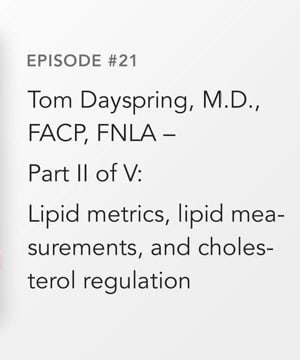How is cholesterol measured?
Sources:
Cholesterol measurement typically involves several methods, including traditional and more advanced techniques. Here’s a summary:
-
Basic Measurement: Total cholesterol, HDL (high-density lipoprotein) cholesterol, and triglyceride levels are measured directly from blood samples. Labs often use the Friedewald equation to estimate LDL (low-density lipoprotein) cholesterol:
[ \text{LDL} = \left( \text{Total cholesterol} - \text{HDL} - \frac{\text{Triglycerides}}{5} \right) ]
However, this method can be inaccurate, especially when triglyceride levels are high, leading to possible mischaracterization of cardiovascular risk 1.
-
Direct LDL Measurement: More accurate labs measure LDL cholesterol directly, rather than relying on estimations. This involves specific assays that measure the actual LDL concentration in the blood 1.
-
Apolipoprotein B (ApoB) Measurement: Each LDL and VLDL (very low-density lipoprotein) particle contains one molecule of ApoB. Measuring ApoB provides a direct count of these atherogenic particles, giving a better risk assessment for cardiovascular diseases. This test is relatively inexpensive but not as widely performed 2.
-
Advanced Testing Using NMR: Nuclear Magnetic Resonance (NMR) spectroscopy can be used to measure lipoprotein particles by their sizes and numbers. This advanced method provides detailed information, including the size of LDL and HDL particles and their respective cholesterol content, predicting cardiovascular risks better than basic lipid panels 3 4.
-
Non-HDL Cholesterol: Non-HDL cholesterol, which includes all cholesterol-containing particles except HDL, is another marker used to assess cardiovascular risk more effectively. This method accounts for particles that contain ApoB 5.
For a comprehensive assessment, experts like and recommend considering direct ApoB measurements and advanced lipoprotein particle analysis, as they offer deeper insights into cardiovascular risk than traditional methods 1 6.
RELATED QUESTIONS-



